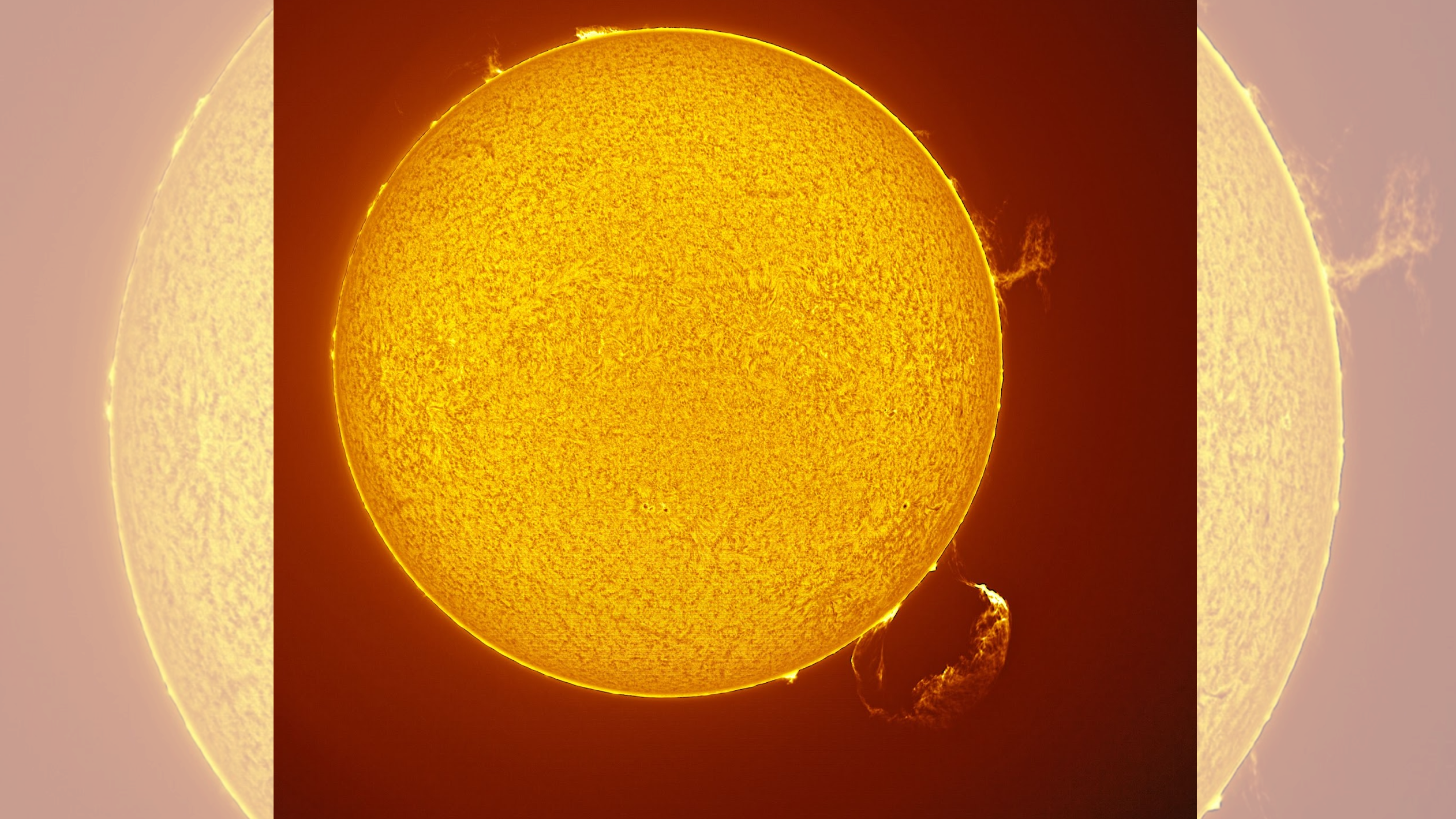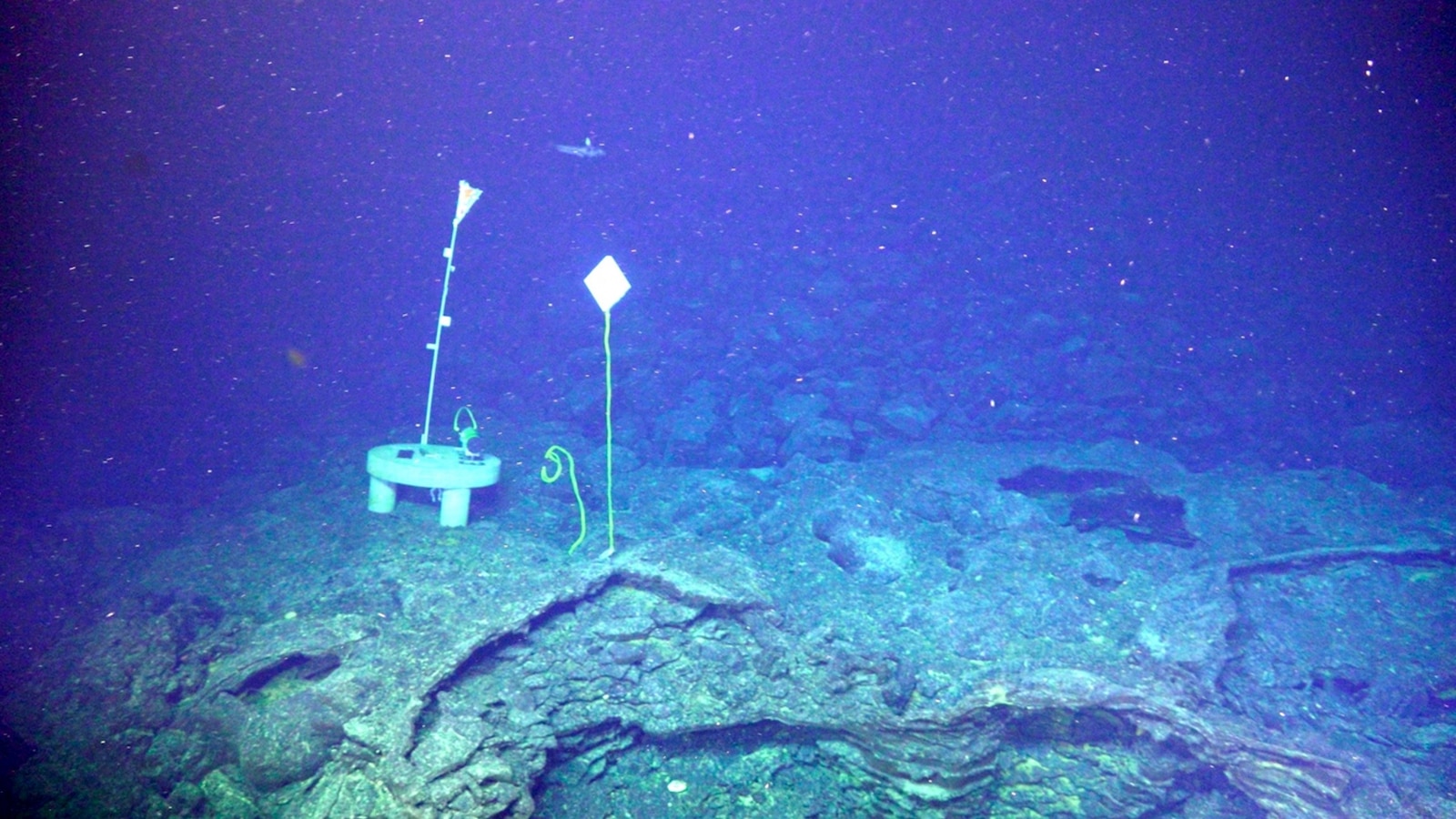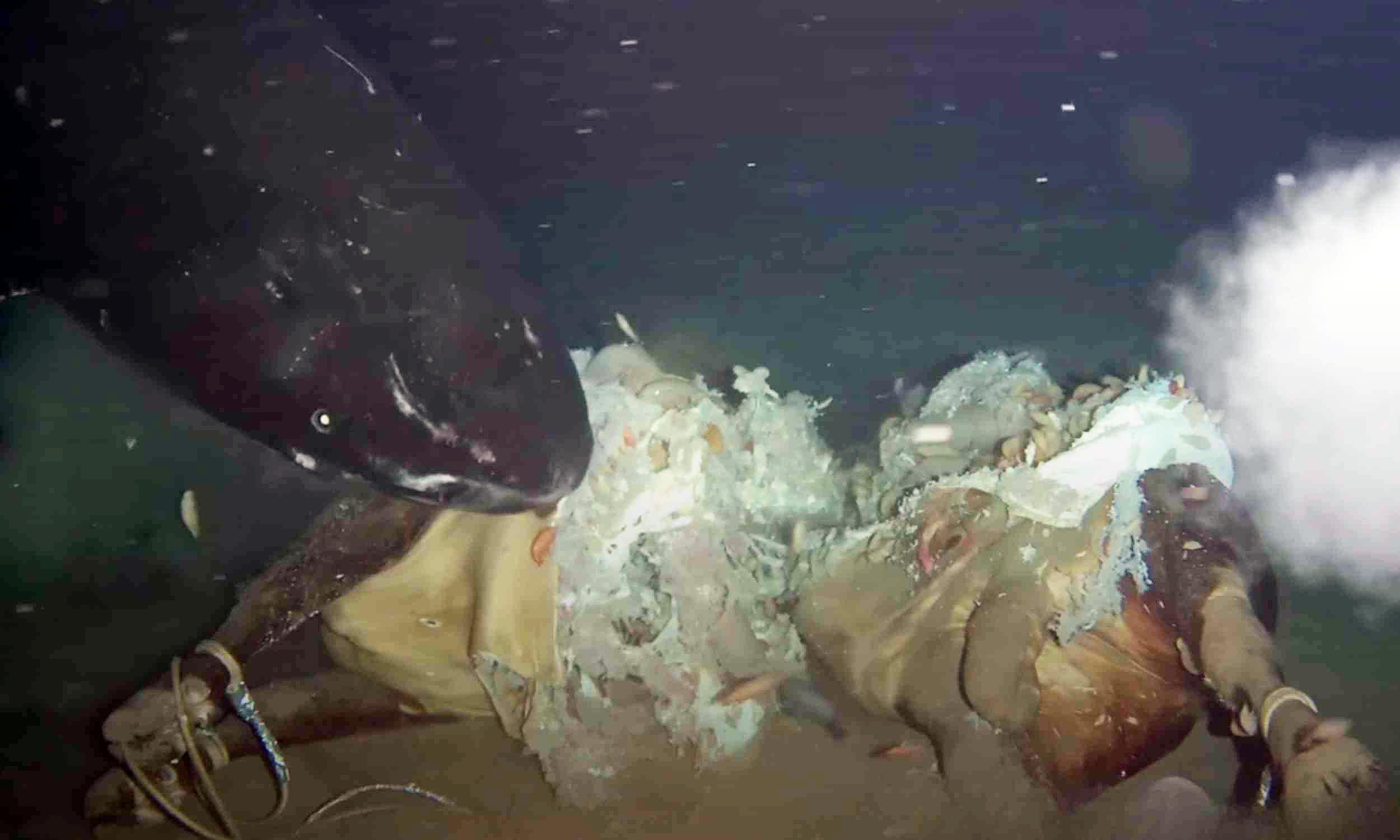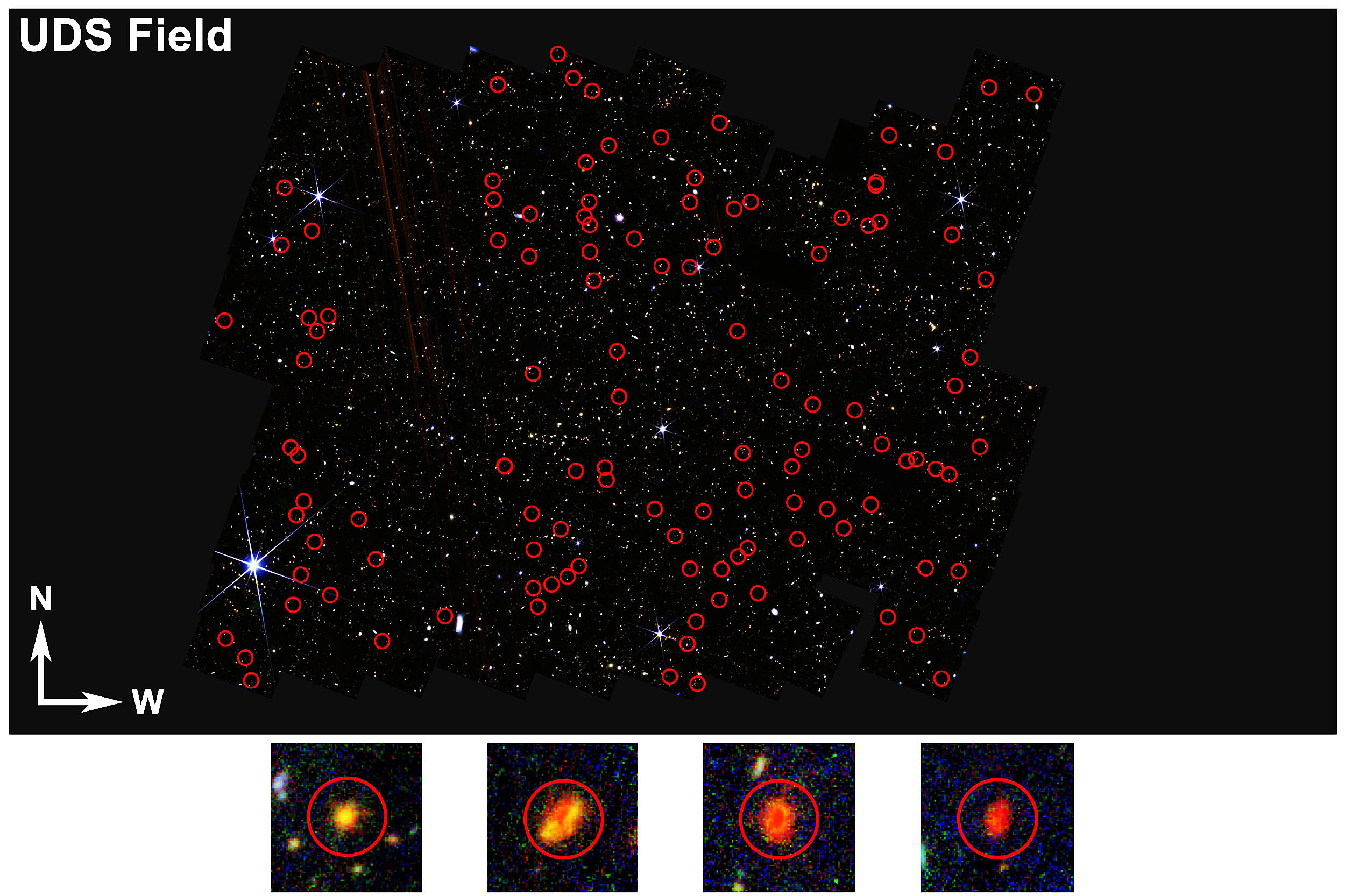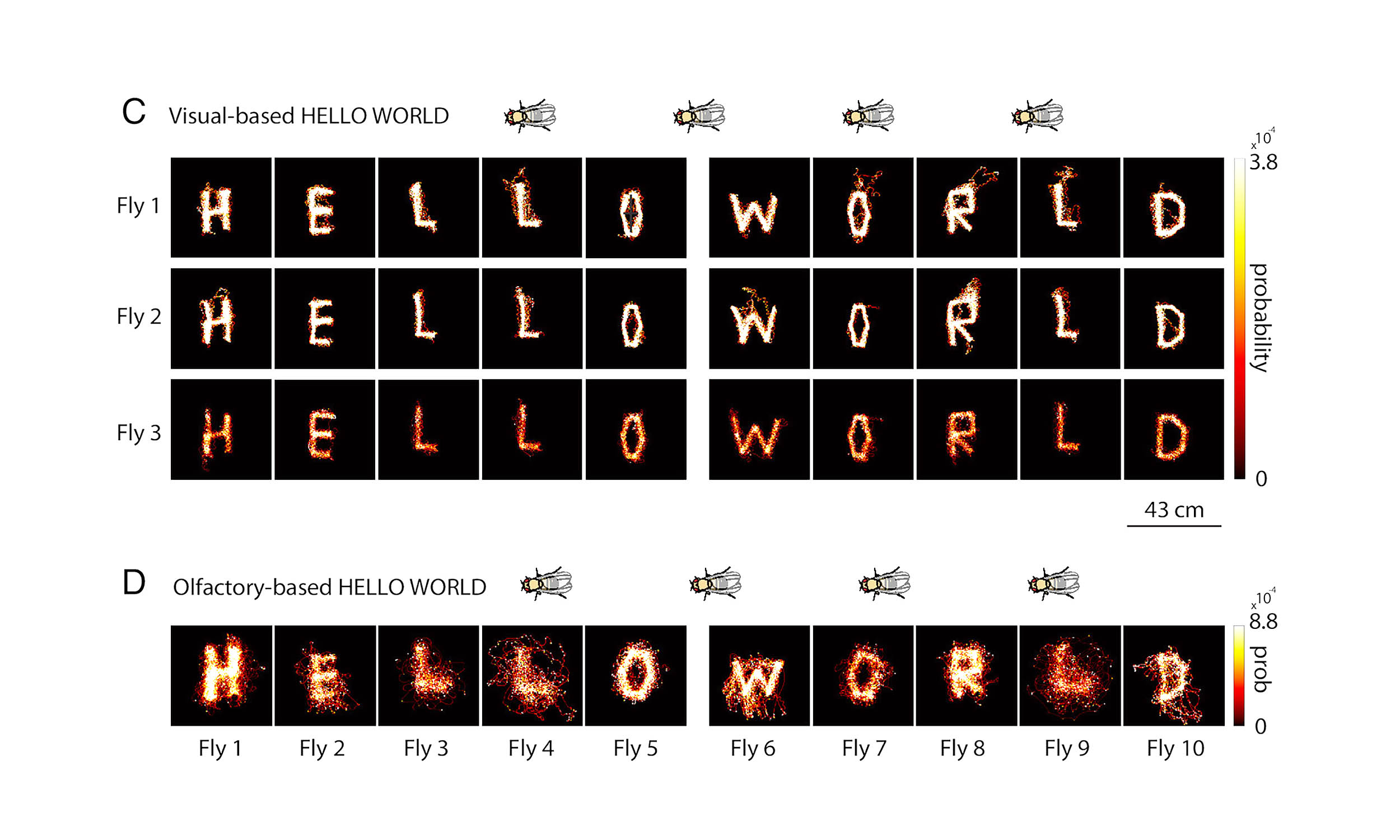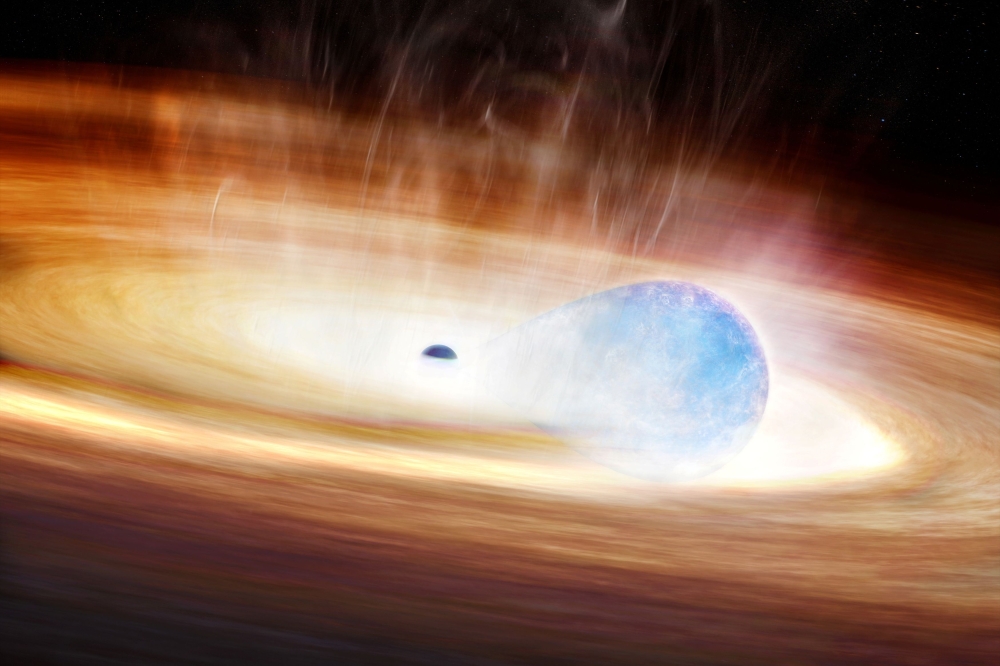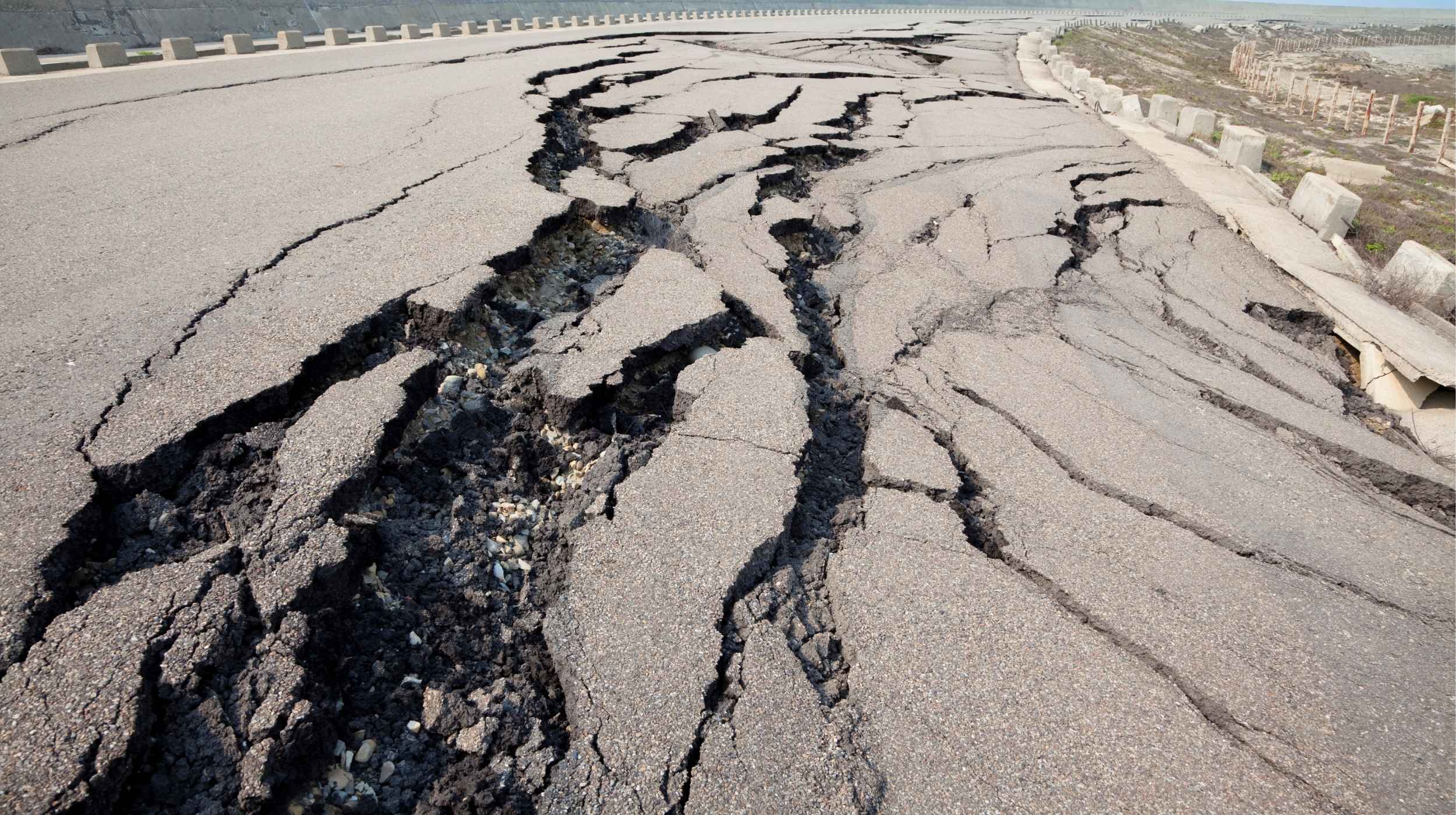Did a Comet Wipe Out an Advanced Civilization? Shocking New Discoveries Unveiled!

What if I told you that nearly 13,000 years ago, a massive comet exploded over Louisiana, transforming solid stone into glass? This startling revelation not only reshuffles our understanding of history but also supports the controversial theories of author Graham Hancock, who believes we might be overlooking a lost advanced civilization that met its demise in a cosmic catastrophe.
New research has reignited discussions surrounding Hancock's claims, which have long been met with skepticism in academic circles. He recently shared the stage with comet scientist Dr. Allan West to delve into these findings, further painting a picture of a world drastically altered by celestial events. Hancock's bestselling works argue that a catastrophic event around 12,800 years ago could have wiped out sophisticated cultures across the globe.
In an interview with the Daily Mail, Hancock expressed his frustration over the misunderstanding and dismissal of his work by critics, emphasizing that recent scientific discoveries about comet impacts might lend credence to the mysteries he passionately investigates. Dr. West, a key player in the Louisiana research, warns that explosions with destructive capabilities akin to nuclear weapons could be more common than we ever imagined.
“I am exploring a mystery,” Hancock noted. “And that mystery is a strong feeling that archaeology is not revealing the full story of our past—not due to conspiracy, but because it focuses heavily on physical artifacts alone.” He believes that this narrow focus neglects vital evidence found in religious texts and ancient myths, such as the Egyptian Book of the Dead or the worldwide flood myth.
Hancock passionately argues that during the Ice Age, there may have existed a culture with sophisticated knowledge of astronomy and Earth’s dimensions. One of the pivotal discoveries involves a depression in Louisiana, believed to be 12,800 years old, possibly caused by a cosmic airburst—an explosion of a space object in Earth’s atmosphere.
This research, including radiometric dating and electron microscopy, links the depression to the Younger Dryas Boundary, a period characterized by sudden cooling and mass extinctions. Scientists propose that the over 984-foot-long lake and crater-like depression in Perkins could represent the first identified airburst crater from that era.
Hancock theorizes that Earth was bombarded by fragments from a colossal comet that belongs to the Taurid meteor stream thousands of years ago. “Comets can get trapped in the sun’s gravity and enter orbit,” he explained. “According to research, the Taurid stream included a massive comet, possibly over 100 kilometers wide, that crossed Earth’s path about 20,000 years ago.” He likens the impacts to a “shotgun blast,” suggesting multiple airbursts from objects varying vastly in size could have affected regions worldwide.
Rising to fame with his book, Fingerprints of the Gods, published in 1995, Hancock has faced relentless dismissal from mainstream archaeology. He points out that his conclusions stem from gathering evidence across mythology and tradition, leading him to believe that a global cataclysm obliterated a portion of human history around 12,500 years ago.
Dr. West, from the Comet Research Group, emphasizes the broader implications of their findings. He explains that the commonly accepted view has been that extraterrestrial impacts are extremely rare, particularly large events like the one that caused the extinction of the dinosaurs. Yet, smaller, dangerous airbursts, like those in Tunguska in 1908 and Chelyabinsk in 2013, occur more regularly than we think.
West asserts that evidence points to a major encounter with a giant comet’s tail occurring 12,800 years ago, resulting in widespread devastation without the actual comet striking Earth. “This event was colossal, comparable to thousands of nuclear bombs exploding simultaneously,” he noted.
The aftermath of such cosmic events pushed many megafauna species, including mammoths and saber-toothed cats, into extinction. West cautions that if a similar event were to happen today, the consequences would be catastrophic. “Back then, fewer than a million people inhabited Earth; today’s billions would face immense hardships, with millions potentially dying and crops failing,” he stated.
The Younger Dryas Impact hypothesis remains a topic of heated debate, primarily because the drastic climate shifts it explains lack a widely accepted alternative cause. West believes the comet impact darkened skies for months, throwing the planet back into ice age conditions.
Both Hancock and West have faced significant opposition for their unconventional ideas. “Graham invited me to speak because our work challenges the prevailing scientific beliefs,” West shared. “Our papers have faced delays, blocks, and even targeted efforts for retraction from critics.” Hancock remains realistic about the future acceptance of their theories, acknowledging that changing established perspectives is a slow and often hostile process. “But with enough evidence, the truth will eventually surface—just not tomorrow,” he concluded.










